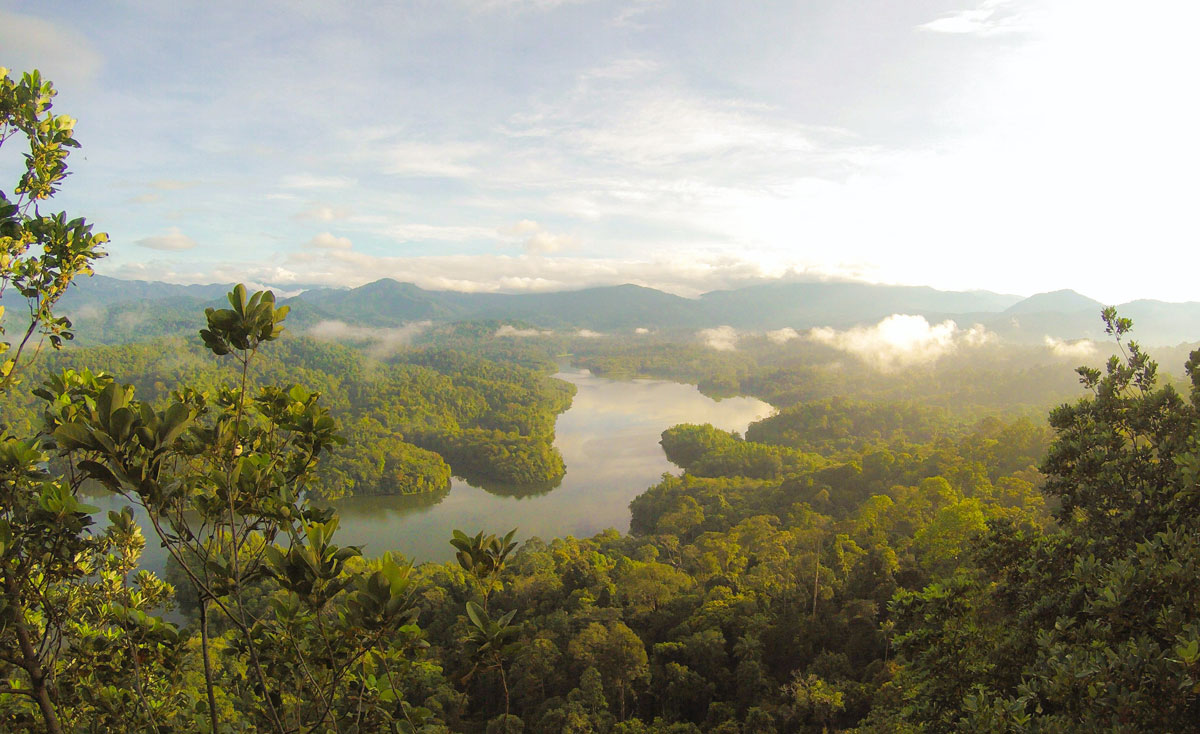This article was originally published by Environmental Finance.
At least €20 billion ($22 billion) a year is required to protect biodiversity in the European Union (EU) over the next decade, according to the European Commission. It says this will require contributions from EU funds, national governments and private sources of capital.
The figure represents the sum required to help meet the targets of the proposed EU Biodiversity Strategy for 2030, published today. Key targets are for protected areas to cover at least 30% of sea and 30% of land in Europe and for 10% of these areas to be “strictly protected”. The 30% figures represent an increase of 4% for land and 19% for sea, compared with current levels.
More specific goals for 2030 will see:
- three billion trees planted in the EU;
- at least 25,000 km of free-flowing rivers restored;
- a reduction of at least 20% in the use of fertilisers;
- a 50% reduction in the number of Red List species threatened by invasive alien species; and
- at least 25% of agricultural land under organic farming management.
The document stresses that more than half of global GDP – about €40 trillion – depends on nature, and notes that the global population of wild species has fallen by 60% over the last 40 years. A further one million species are currently at risk of extinction, it adds.
Three sectors – construction, agriculture, and food and drink – are particularly dependent on nature, the Commission notes, and together they generate more than €7 trillion/year. To illustrate the potential economic benefits of biodiversity protection, it says better conservation of marine fish stocks could increase the annual profits of the seafood industry by more than €49 billion. And protecting coastal wetlands could save the insurance sector about €50 billion annually by reducing flood damage losses.
“Making nature healthy again … is at the heart of our growth strategy, the European Green Deal, and is part of a European recovery that gives more back to the planet than it takes away,” said Commission president, Ursula van der Leyen.
Throughout the new paper, the Commission stresses that biodiversity loss and climate change are interdependent and exacerbate each other. “Climate change and biodiversity loss are a clear and present danger to humanity,” said Frans Timmermans, executive vice-president for the European Green Deal. And, he noted: “The coronavirus crisis has shown how vulnerable we all are, and how important it is to restore the balance between human activity and nature”.
To support the new strategy, the Commission said it would strengthen its ‘biodiversity proofing framework’, to ensure that EU funding supports biodiversity-friendly investments. For example, it promised that “A significant proportion of the 25% of the EU budget dedicated to climate action will be invested in biodiversity and nature-based solutions”.
To help attract biodiversity-friendly investment from the private sector, the paper says the EU must provide long-term certainty for investors and suggest that the bloc’s sustainable finance taxonomy will help guide investment towards the deployment of nature-based solutions.
Read the full article on Environmental Finance.



